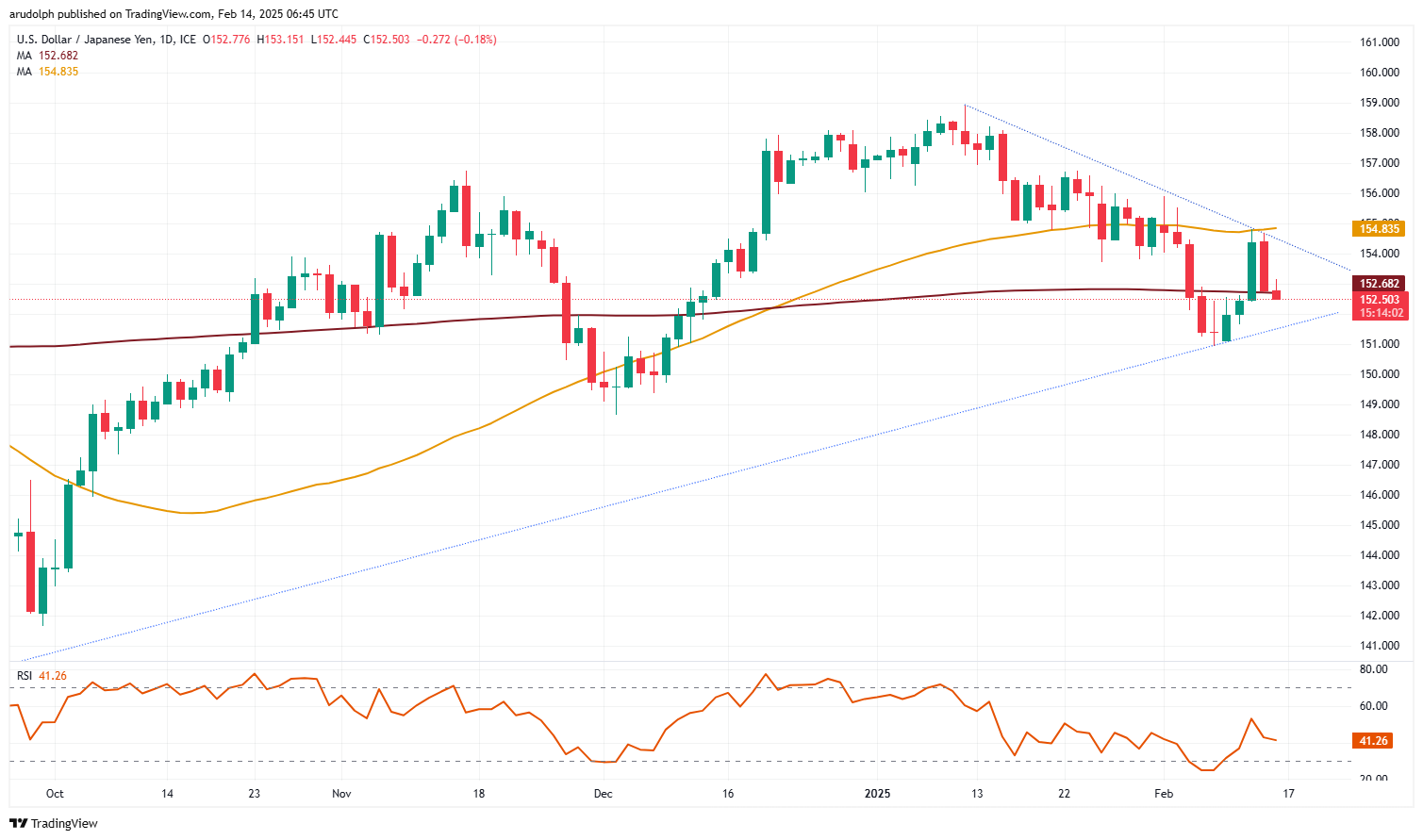The Japanese Yen is flexing its muscles this morning, staging a rally against both G-10 and Asian currencies. The catalyst? A surprisingly hawkish tone from Bank of Japan (BOJ) Governor Kazuo Ueda. He signaled the BOJ isn’t done with tightening monetary policy, suggesting further rate hikes are on the table.
Let’s be clear: This isn’t the BOJ of old. Ueda emphasized the need to remain vigilant about the impact of rising food prices on Japan’s underlying inflation. It’s a critical point – food price inflation has a sneaky way of becoming entrenched, fueling broader inflationary pressures.
For years, Japan has stubbornly resisted the global tide of rate hikes. Today’s comments suggest a potential sea change. The question isn’t if rates will rise further, but when and by how much. Investors are scrambling to price in this new reality.
A Quick Dive into the Mechanics:
Rate hikes cool down an economy by making borrowing more expensive. This reduces spending and investment, ultimately curbing inflation. However, Japan’s economy is unique; decades of deflation have created a different set of sensitivities.
Central banks closely monitor ‘core’ inflation, which excludes volatile items like food and energy. But Ueda’s focus on food prices is sending a strong signal – he’s worried about these costs impacting household budgets and wage expectations.
Japan’s negative interest rate policy (NIRP) has been a cornerstone of its economic strategy for years. Shifting away from that is a monumental task, one that requires careful calibration to avoid derailing the fragile recovery.







